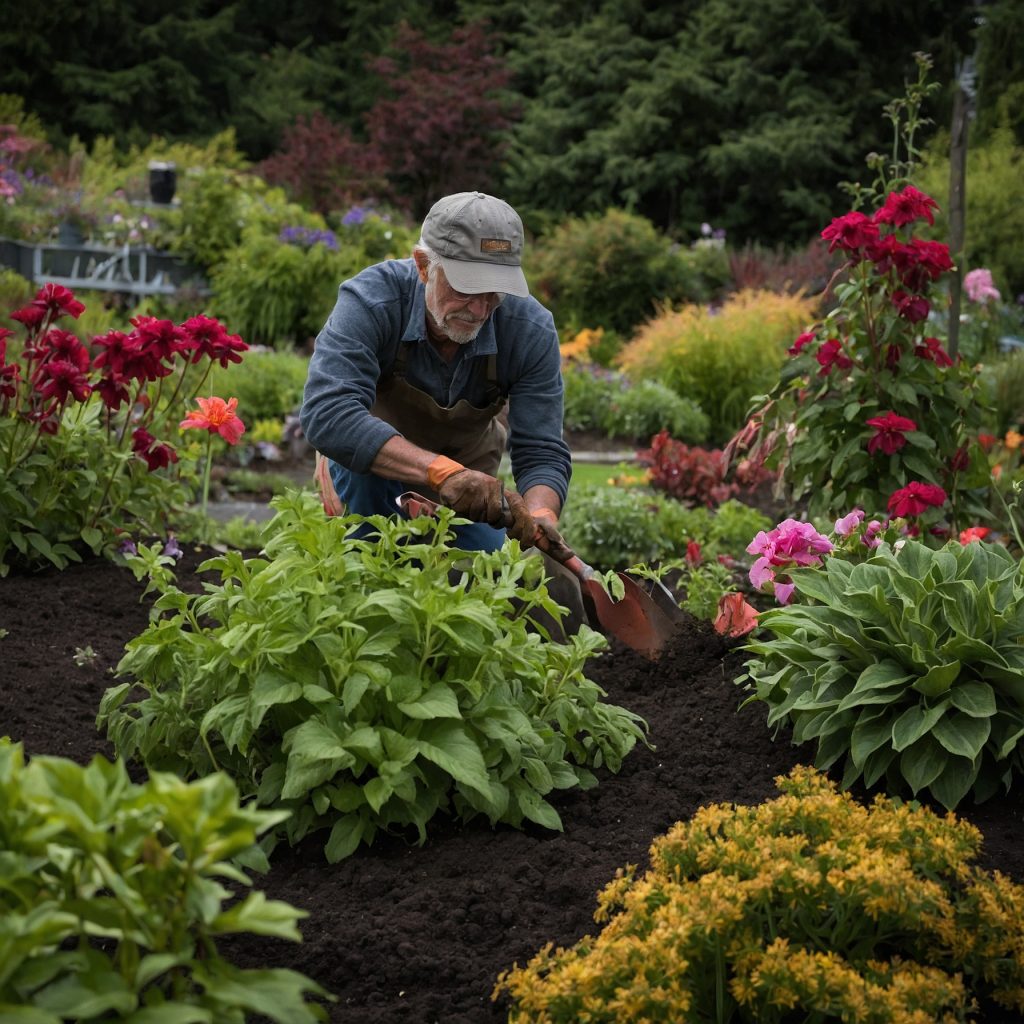Gardening Ideas for August in the Pacific Northwest
As August rolls in, the Pacific Northwest offers a unique gardening experience. The days are warm, the nights are cooler, and the landscape is lush from the summer’s bounty. Whether you’re an experienced gardener or a novice, August is a perfect time to tend to your garden and prepare it for the upcoming months. Here are some gardening ideas to make the most of this month in the Pacific Northwest.
Harvesting and Preserving
August is peak harvest season for many fruits and vegetables. Tomatoes, zucchini, beans, and berries are plentiful. Regularly harvesting your produce encourages more growth and ensures you enjoy the freshest flavors. Consider preserving your bounty by canning, freezing, or drying to enjoy homegrown produce throughout the winter.
Succession Planting
To keep your garden productive into the fall, practice succession planting. As you harvest crops, replace them with fast-growing vegetables like radishes, lettuce, spinach, and peas. These cool-season crops thrive in the Pacific Northwest’s mild autumn and provide a continuous supply of fresh produce.
Start Fall Crops
Now is the time to start planting fall crops. Kale, broccoli, cauliflower, and Brussels sprouts can be transplanted into the garden. Direct sow carrots, beets, and turnips. These crops benefit from the cooler temperatures and will mature as the days shorten.
Watering Wisely
Even though the Pacific Northwest is known for its rain, August can be dry. Ensure your garden receives adequate water, especially during dry spells. Water deeply and infrequently to encourage deep root growth. Early morning or late evening watering reduces evaporation and ensures plants absorb more moisture.
Mulching
Mulching helps retain soil moisture, suppress weeds, and regulate soil temperature. Add a layer of organic mulch, such as straw, wood chips, or compost, around your plants. This practice not only conserves water but also enriches the soil as the mulch breaks down.
Deadheading and Pruning
Keep your flowers blooming longer by deadheading spent blooms. Prune summer-flowering shrubs after they finish blooming. Removing dead or diseased branches improves air circulation and encourages healthy new growth. This maintenance keeps your garden looking tidy and vibrant.
Weed Control
Weeds can compete with your plants for nutrients and water. Regular weeding prevents them from taking over your garden. Hand-pull weeds or use a hoe to remove them. Applying a layer of mulch also helps suppress weed growth.
Pest Management
Keep an eye out for pests that can damage your garden. Aphids, slugs, and caterpillars are common in August. Use organic pest control methods, such as introducing beneficial insects, using insecticidal soaps, or setting up traps. Maintaining a healthy garden with diverse plantings can naturally deter pests.
Soil Health
August is an excellent time to test your soil and amend it as needed. Adding compost or organic matter improves soil structure and fertility. Consider planting cover crops, like clover or vetch, which enrich the soil with nitrogen and organic matter when tilled under in the spring.
Plan for Next Season
As you enjoy the current harvest, start planning for next season. Take notes on what worked well and what didn’t. Sketch out your garden layout for next year, considering crop rotation to prevent soil depletion and pest buildup.
Garden Aesthetics
August is also a time to enjoy the beauty of your garden. Add late-summer blooming perennials like asters, sedum, and echinacea for continued color. Decorative elements like garden sculptures, water features, and seating areas can enhance your garden’s appeal and provide a relaxing space to enjoy your hard work.
By following these gardening tips, you can make the most of August in the Pacific Northwest, ensuring a bountiful harvest and a healthy, beautiful garden that will thrive into the fall and beyond. Happy gardening!
Need help? Call Levy’s Lawns and Landscaping at (360) 876-6567.
